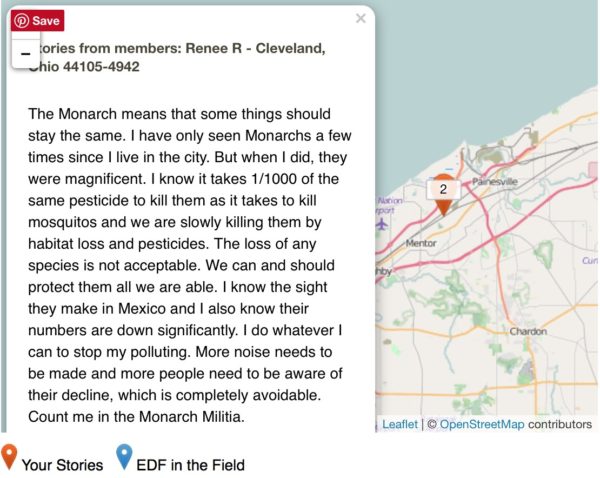
All posts by Kimi
Become a Newark treekeeper this summer with 3 free classes at Weequahic Park!
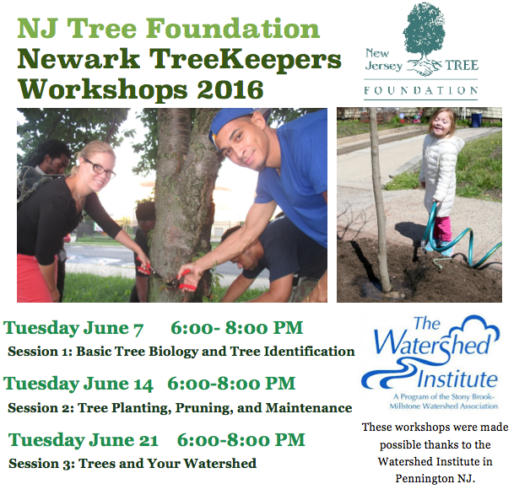
Tools and a light dinner are provided at each workshop. My sons and I took the workshop in 2014 and it was awesome.
The 3-session workshop series is free but you must RSVP to Elena. Seats are limited, so why not do it now?
The sound of tree talk is music

In a project called “Years”, artist Bartholomäus Traubeck cut thin slices of tree trunk and assigned to each type of pattern in them, a sound. As a camera mounted on a phonograph machine in the position of needle plays over the patterns, they are translated into sound and my gosh, those sounds are marvellous. Listen …
Traubeck explains:
A tree’s year rings are analysed for their strength, thickness and rate of growth. This data serves as basis for a generative process that outputs piano music based on the year ring data. Those are analyzed for their thickness and growth rate and are then mapped to a scale which is again defined by the overall appeareance of the wood (ranging from dark to light and from strong texture to light texture). The foundation for the music is certainly found in the defined ruleset of programming and hardware setup, but the data acquired from every tree interprets this ruleset very differently.
Your own backyard is a great place to help butterflies and bees
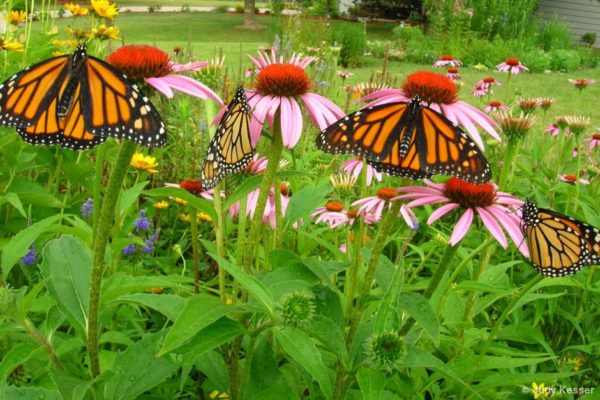
…There is still much more for us to do, especially in our own backyards.
This spring dig under some of that useless lawn, remove some non-natives and put aside some room in your flower beds for some milkweed and native wildflower nectar sources. Many local garden centers now carry multiple species of milkweed which will work in the backyard. Some better garden centers are now even setting aside spaces for native wildflowers like Milkweeds Goldenrod, Joe-pye weed and NY Ironweed to name a few.
Unlike many environmental issues which at times can seem overwhelming, this is an issue we can do something about. We don’t need to write to our Congressman or the Governor and hope that something gets done. Just plant some milkweed and other native wildflowers that provide nectar and you’ve just made our environment a better place.
Together we can turn our local communities into environments that are welcoming to the Monarch butterfly and that will give a fighting chance to a creature that can sure use our help.
If you have any questions on milkweed or other native plants feel free to contact me at Greatauk4@gmail.com
Pres. Obama is making a flower highway for butterflies (really)
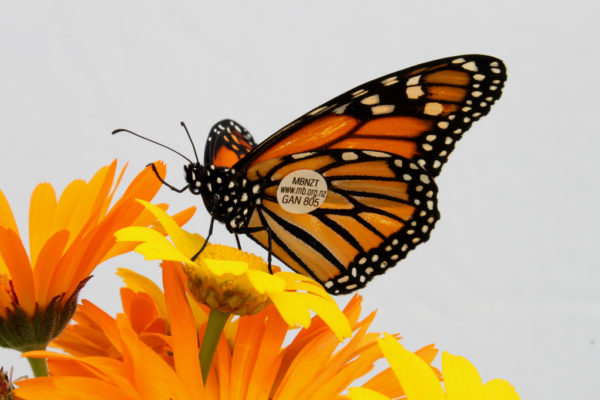

The Christian Science Monitor explains the plan:
The Xerces Society has already been working with the Federal Highway Administration to develop best practices for roadside management, including incorporation of flowering plants and milkweed and adapting mowing schedules to migration patterns… but the president’s plan is much broader than that.
“The idea is to use it as this iconic pathway to work with schools, farmers, ranchers, and park districts to improve habitats for 50 to 100 miles on either side of the I-35 corridor,” Dr. Black says.
North Carolina has a Butterfly Highway of its own. And, there are other Monarch protection projects coming to life in different parts of the United States – check out Monarch Joint Venture for details.
In May 2015 the Washington Post reported on Obama’s National Strategy to Promote the Health of Honey Bees and Other Pollinators.
Washington tribe gets its Chinook salmon back
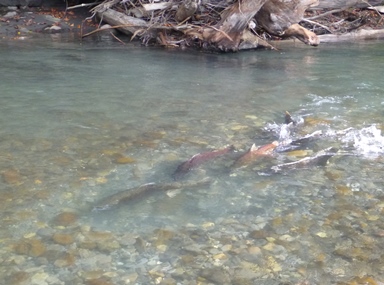
In 1986 the Lower Elwha Klallam Indian tribe challenged the relicensing of the 64-meter-tall Glines Canyon Dam and the 33-meter-tall Elwha Dam that prevented their “dammed salmon” from accessing the river. The removals open up 112 kilometers of river and tributary habit for wildlife, fish and other seafood and will restore the tribe’s access to the traditions and diet that are interwoven with its culture as river stewards.
The US National Park Service reports
Dam removal began on the Elwha River in mid-September 2011. Today, Elwha Dam is gone, over fifty percent of Glines Canyon Dam has been removed, the Lake Mills and Lake Aldwell reservoirs have drained, and the Elwha River flows freely from its headwaters in the Olympic Mountains to the Strait of Juan de Fuca for the first time in 100 years. Dam Removal dam is scheduled to be complete by September 2014.
Webcams and dam removal blog by the NPS Elwha River Project.
National Geographic has done several reports on this project:
Rebirth on the River: Washington’s Elwha Flourishing After Big Dam Removals
Salmon Re-enter Olympic National Park River Thanks to Elwha Dam Removal
Dam Removals Open Way for Cultural and Habitat Restoration
Spectacular time lapse video of dam explosion and Elwha River waterway being re-established.
Here’s the new EJ Green Drinks flyer – what do you think?
Here’s a flyer I made up for EJ Green Drinks in north Jersey. What do you think of it?
 And by the way, Newark EJ Green Drinks happened last night on 02 May at Aguilas de México. We’ll be back there next month on June 6. Here’s the schedule for the rest of May:
And by the way, Newark EJ Green Drinks happened last night on 02 May at Aguilas de México. We’ll be back there next month on June 6. Here’s the schedule for the rest of May:
Hackensack EJ Green Drinks
Monday 09 May 2016 7-9pm
Villa de Colombia
12 Mercer Street, Hackensack NJ
Paterson EJ Green Drinks
Wednesday 18 May 2016 7-9pm
Sultan Restaurant
429 Crooks Avenue, Paterson NJ
Remember to check out the 2016 NJ Urban Mayor’s Conference on Urban Ag, happening this week on Thursday, May 5 in Trenton.
Port Authority seems determined to kill off Newark kids by cutting them off from clean air
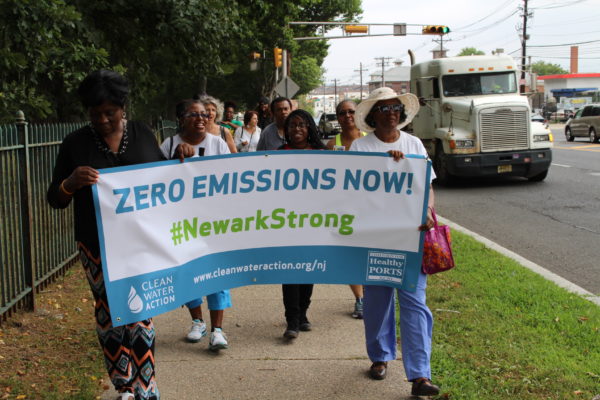
The Voice quotes Newark Mom Tanisha Garner:
…and a few other locals are conducting a tour of sorts, pointing out where Sandy sent toxic water cascading through the neighborhood after the Passaic overflowed. Alexi Martinez, a 25-year-old student who has lived in the Ironbound his entire life, remarks that many of his friends carry inhalers. It wasn’t until he started working with the Ironbound Community Corporation that he discovered why.
“Learning about our problem here is going to be our best hope at solving it,” Martinez says. “Just going down to the port for the first time a few months ago was mind-blowing for me. There’s just so many trucks idling, so much pollution, trucks just chilling there for hours.”
A truck replacement service that was supposed to upgrade port service trucks to a safer form of combustible fuel caused more problems than it solved and was abandoned soon after getting started in 2010.
Learn about Clean Water Action and the Coalition for Healthy Ports NY NJ’s #ZeroEmissionsNow campaign to create healthier port neighborhoods in New York and New Jersey.
1000 seedling tree giveaway in Newark Friday 29 April at Hawthorne Hawks Farm
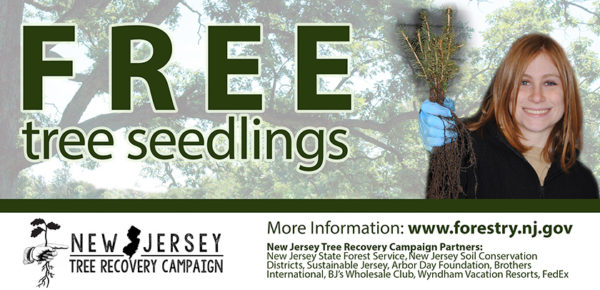
Newark, NJ on 27 April 27 2016 — The City of Newark and Hawthorne Avenue Elementary School students will celebrate Arbor Day on Friday, April 29 with a tree giveaway. Students will plant trees at the farm and 1000 tree seedlings will be gifted to Newark residents to beautify the city.
| When | Friday, April 29 1:30-2:30pm |
| When | Hawthorne Hawks Healthy Harvest Farm in the South Ward 446 Hawthorne Avenue (Between Demarest and Dewey Streets, Entrance on Demarest Street Newark, NJ |
The tree seedling giveaway is part of the New Jersey Tree Recovery Campaign, which has set a goal to distribute over 500,000 tree seedlings to New Jersey residents over the next five years. It is a joint effort between the City of Newark, New Jersey State Forest Service, New Jersey Soil Conservation Districts, Sustainable Jersey, Arbor Day Foundation, Brothers International, BJ’s Wholesale Club, Wyndham Vacation Resorts, FedEx and local partners Greater Newark Conservancy and Newark DIG (Doing Infrastructure Green!).
Arbor Day was begun in Nebraska in 1872 by President (and New Jersey native) Grover Cleveland’s Secretary of Agriculture, J. Sterling Morton. It was part of his effort to encourage forestry and land conservation, and the planting of 1 million trees in that state. Today, unique Arbor Day celebrations are held world and country-wide, each with their own flavor and date but unified by the same theme: planting and preservation of trees and protection of the Earth’s environment.
Speak up for NJ law to use only environment-saving native plants for state roadway areas
 A proposed law would help clean New Jersey waterways by requiring all new Jersey roadway authorities to use ONLY native plants for landscaping, land management, reforestation and habitat restoration.
A proposed law would help clean New Jersey waterways by requiring all new Jersey roadway authorities to use ONLY native plants for landscaping, land management, reforestation and habitat restoration.
Plant and grass fertilizers are a huge source of pollution for natural waterways, but native plants need no fertilizers. Native plants are also hearty and drought resistant, so they tend to thrive even when water becomes scarce – so they can keep on doing their job well: growing deep roots that retain topsoil and keep plants healthy. Those roots help stormwater seep into the ground where it gets channelled to the underground aquifers that
Please write or call your State Senator and Assemblyperson. Consult this handy guide to find your New Jersey State legislators.